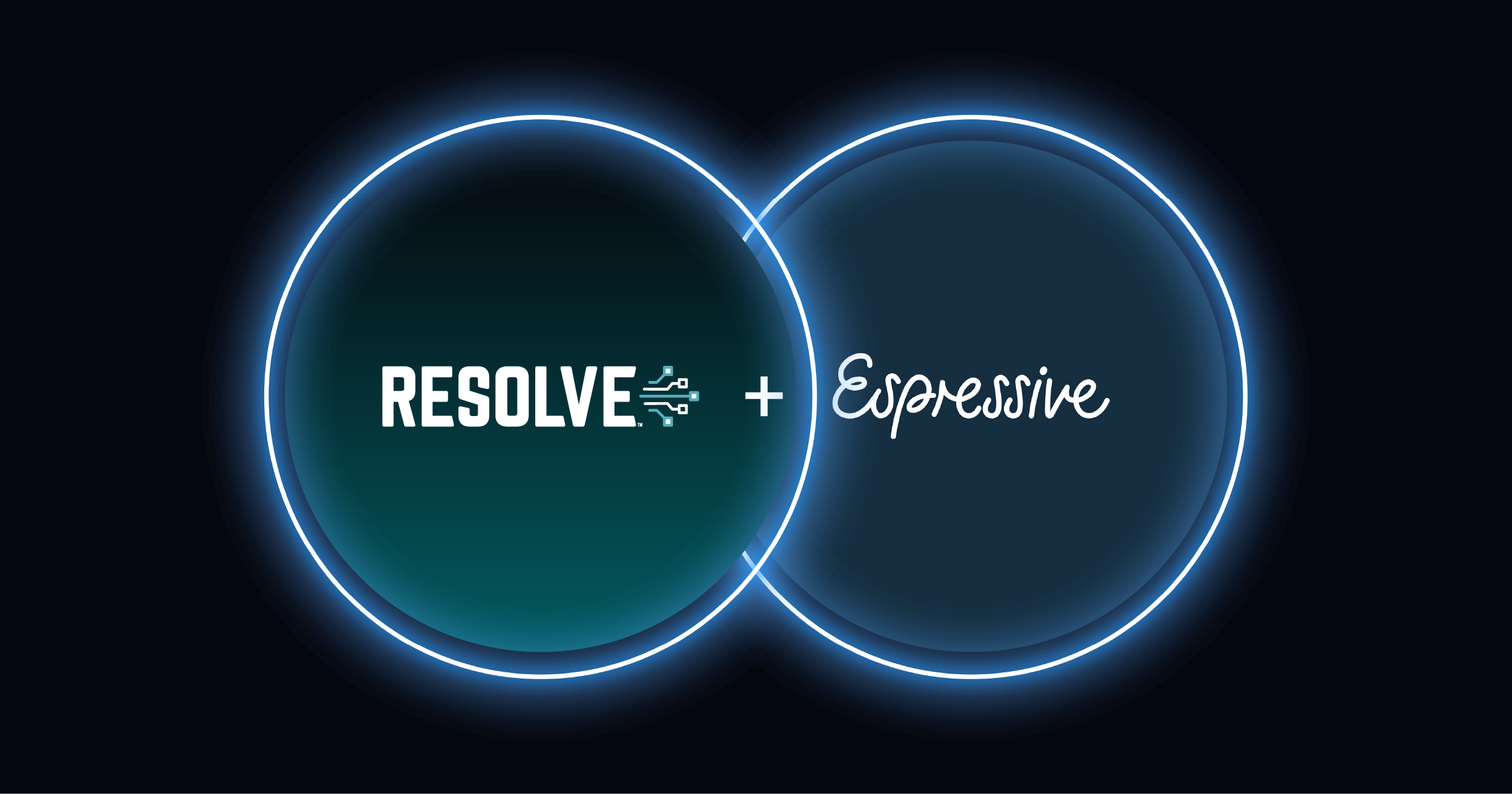
What is generative AI?
Generative AI is a type of artificial intelligence that creates previously non-existent content by imitating the data it has been trained on. The term "generative" in this context refers to the ability of the model to generate novel outputs. At its core, generative AI encompasses a broad range of technologies, from creating visual art, music, and even written text.
Generative models learn patterns and structures from massive datasets and can recreate these patterns in new ways, thus producing new and unique content. Generative AI has huge consequences for its users—not only is it becoming harder for us to discriminate between human-generated and AI-generated content, but also generative AI makes possible the rapid creation of new content that may have otherwise taken a much longer time for a human to create. So scaling is easier, but authenticity becomes harder. When leveraging a generative AI tool, it’s important to try to achieve both results.
What is a large language model?
A large language model (LLM) is a type of AI model specifically trained on vast amounts of text data. The primary function of an LLM is to understand and generate human-like text based on its training. Developed using deep learning methodologies, especially transformer architectures like BERT, GPT, and T5, these models can comprehend context, answer queries, generate coherent and contextually relevant paragraphs, and even perform tasks that require a deep understanding of the language, like translation or summarization.
The "large" in LLM refers to the sheer size of these models in terms of the number of parameters. Some LLMs have tens or even hundreds of billions of parameters, enabling them to capture intricate patterns and nuances of the languages they are trained on. Their expansive training data allows them to generate responses or continue given prompts in a manner that is remarkably similar to how a human might respond. As you might imagine, a large language model is integral to the use of a conversational AI—LLMs make possible the ability to have a conversation with AI-generated text.
Applications of generative AI
Let’s return to generative AI for a moment and discuss the various ways you might use generative AI. In the realm of visual arts, artists and designers use general adversarial networks (GANs), which are a class of machine learning (ML) model and a prominent framework for approaching generative AI, to produce original artwork or design elements. This ranges from creating realistic portraits of non-existent people to generating intricate patterns for textiles. In the pharmaceutical industry, generative AI is used to predict molecular structures for new potential drugs, accelerating the drug discovery process. In entertainment, it has the potential to create new music or even video game environments. Another application is in data augmentation, where generative AI can create additional data for training other models, especially useful when real data is scarce or expensive to acquire. Furthermore, generative AI can be used in simulating scenarios for autonomous vehicle testing or in creating realistic virtual worlds for augmented and virtual reality platforms.
Applications of large language models
How are LLMs used? Large language models have found their way into many industries. In customer service, they are employed as chatbots to interact with users, providing instant responses to queries. In content creation, they aid writers by suggesting content, correcting grammar, or even writing articles. They have been used in code completion tools, where they suggest possible code snippets to developers, streamlining the coding process. In the realm of education, LLMs can serve as tutors, answering student queries or providing explanations on complex topics. They can also translate languages, summarize lengthy articles, and even aid in research by generating hypotheses or assisting in literature reviews. Recently, with the introduction of multimodal models (models trained on both text and images), LLMs have further extended their reach to tasks like image captioning or generating textual descriptions for visual content.
Major differences between generative AI and large language models
While both generative AI and large language models fall under the broader umbrella of artificial intelligence and share the characteristic of generating content, their primary distinction lies in their specific applications and methodologies. In application, generative AI might be more relevant when there's a need to produce entirely new visual or auditory content, simulate data, or design novel structures. Large language models excel in tasks that require language understanding, interaction, or generation, such as writing, answering questions, or translating text.
Generative AI, especially in the context of GANs, focuses predominantly on generating new content that didn't previously exist, often in the domain of images, music, or other non-textual data. They function based on two competing neural networks and are adept at producing high-fidelity synthetic data.
Large language models, on the other hand, are text centric. They're trained on vast amounts of textual data with the objective of understanding and replicating human language. While they can generate new sentences or paragraphs, their primary strength lies in their ability to interact with, continue, or respond to human language in a coherent and contextually relevant manner.
In conclusion, while both generative AI and large language models represent monumental advancements in the field of AI, they cater to different needs and are built upon differing methodologies. Recognizing their strengths and applications is crucial for leveraging them effectively in various domains.
Get started today with Espressive
Generative AI and large language models are already being implemented in the workplace, and Espressive is at the forefront of this effort. We help organizations generate new solutions internally, enabling our customers to automate the resolution of employee issues and requests.
If you want guidance on how to implement these technologies in your workplace, request a demo with our team here at Espressive and we’ll show you how AI and language models can bring direct ROI to your organization right away.












